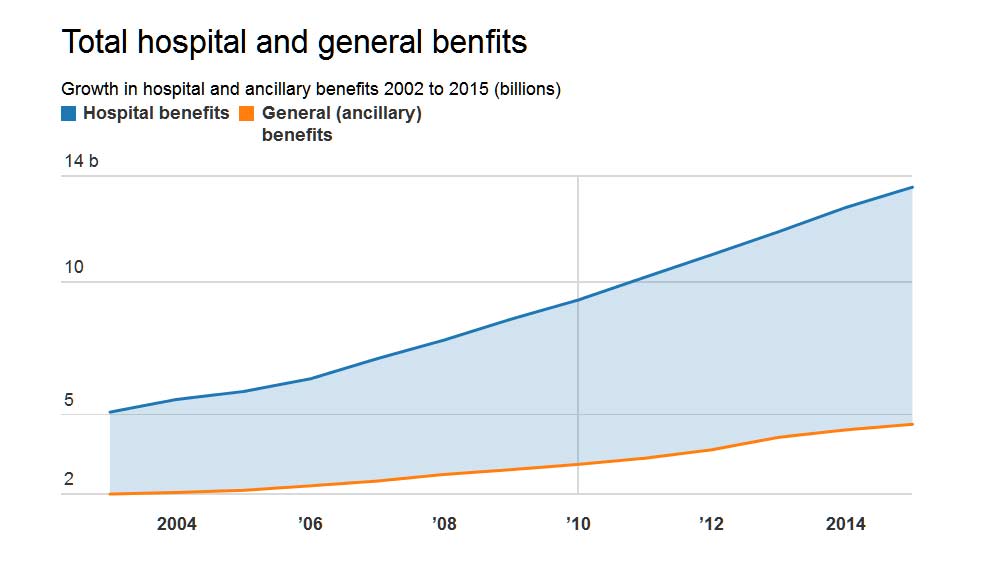Some say that economics is “the dismal science” and perhaps this is because many economic theories do not seem to work in practice. One contemporary example is negative interest rates, where instead of interest being added to their savings, individuals find that value is lost.
Negative rates have been introduced by some central banks worldwide. In theory doing so should both devalue their currency, making their exports cheaper and imports more expensive, and at the same time encourage consumer spending. It should also boost lending by financial institutions, as the value of capital being held by both individuals and banks is ever decreasing.
Sadly this theory when put into practice has been found wanting. The Bank of Japan introduced a negative interest rate of minus 0.1% in January 2016 and the yen subsequently increased in value compared to its competitor currencies. Indeed in 2016 the yen is the best performing G10 currency against the US$.
Similarly the Swiss National Bank flagged a negative interest rate of minus 0.25% to be introduced in January 2015, but the inflow of funds into the Swiss franc continued and the rate was finally reduced on its introduction to minus 0.75%, with the aim of discouraging capital inflows. However despite these moves the Swiss National Bank continued to accumulate foreign exchange reserves into the second half of 2015.
The European Central Bank (ECB) further increased its negative interest to minus 0.4%, on bank deposits held at the ECB in mid March 2016, as it attempted to manipulate downward the value of the Euro. The impact of this was undermined somewhat by allowing the European banks to borrow from their central bank at the same minus rate, depending on how much they lend to businesses and consumers. An initial dip in the value of the Euro when the minus 0.4% was announced was then followed by a sharp rise, as the implications of the whole package became clearer.
The aim of this is to lower the cost of borrowing for both consumers and corporations, as the banks borrow money from the ECB at no cost to them. This is intended to help stave of the threat of deflation in the eurozone by stimulating investment and consumption.
Recently published research from the Bank for International Settlement (BIS) found that in some cases savings accounts had been insulated from the impact of negative interest rates and that some mortgage rates in Switzerland had “perversely increased”. The conclusion from the BIS was then,“if negative interest rates do not feed into lower lending rates for households and firms, they largely lose their rationale”.
The Governor of the Bank of England has argued that if central bank policies are structured in ways that shield retail bank customers from minus interest rates, then they are unlikely to do much to stimulate domestic demand. Instead the main effect will be on exchange rates and this will result in the provoking of currency wars, as central banks attempt to out do each other in negative interest. Negative interest rates are intended to boost domestic demand by forcing banks to lend money out and encouraging consumers to both borrow and spend.
Consumer behaviour is unpredictable
Once again the “dismal science” comes up against the unpredictable behaviour of individuals and organisations, when they enter the territory of negative interest rates.
Take Japan in February 2016. One month on from the Bank of Japan’s decision to unleash negative interest rates, applications to join the loyalty clubs of Japanese department stores such as Mitsukoshi, Daimaru and Takashimaya were 100-200% higher than in the same month of 2015. The explanation is that these loyalty clubs offer a 5 to 8% annual bonus to their members, a far better return than any Japanese bank can offer, even if it encourages them to spend their money where they have their account(s).
So will negative interest rates continue to be used as a weapon from the central bank armoury, or will the unpredictable behaviour of consumers and investors undermine the intentions of the central banks?
If the weapon of negative interest rates does not work as expected on currency values or domestic consumption and investment, what else is there left to deploy to prevent deflation and a further slow down in economic actively? Economics indeed truly is dismal science.
Adjunct Professor, Swinburne University of Technology









